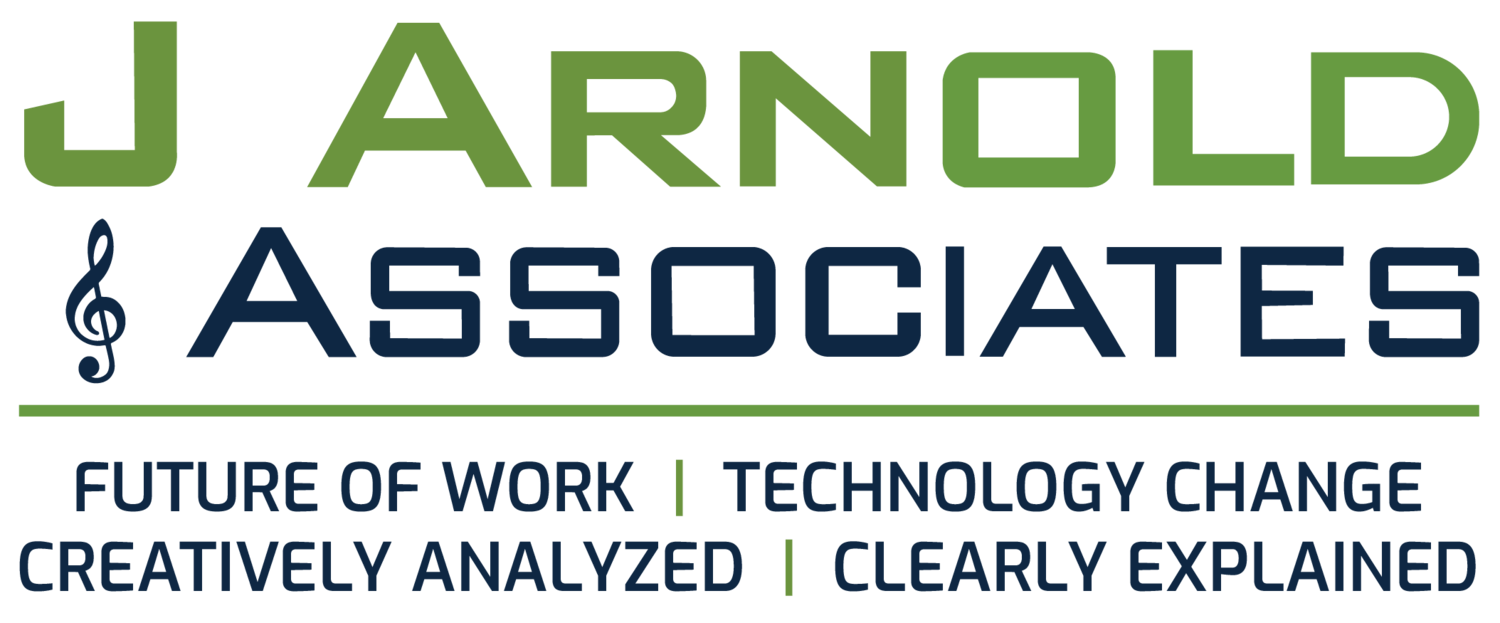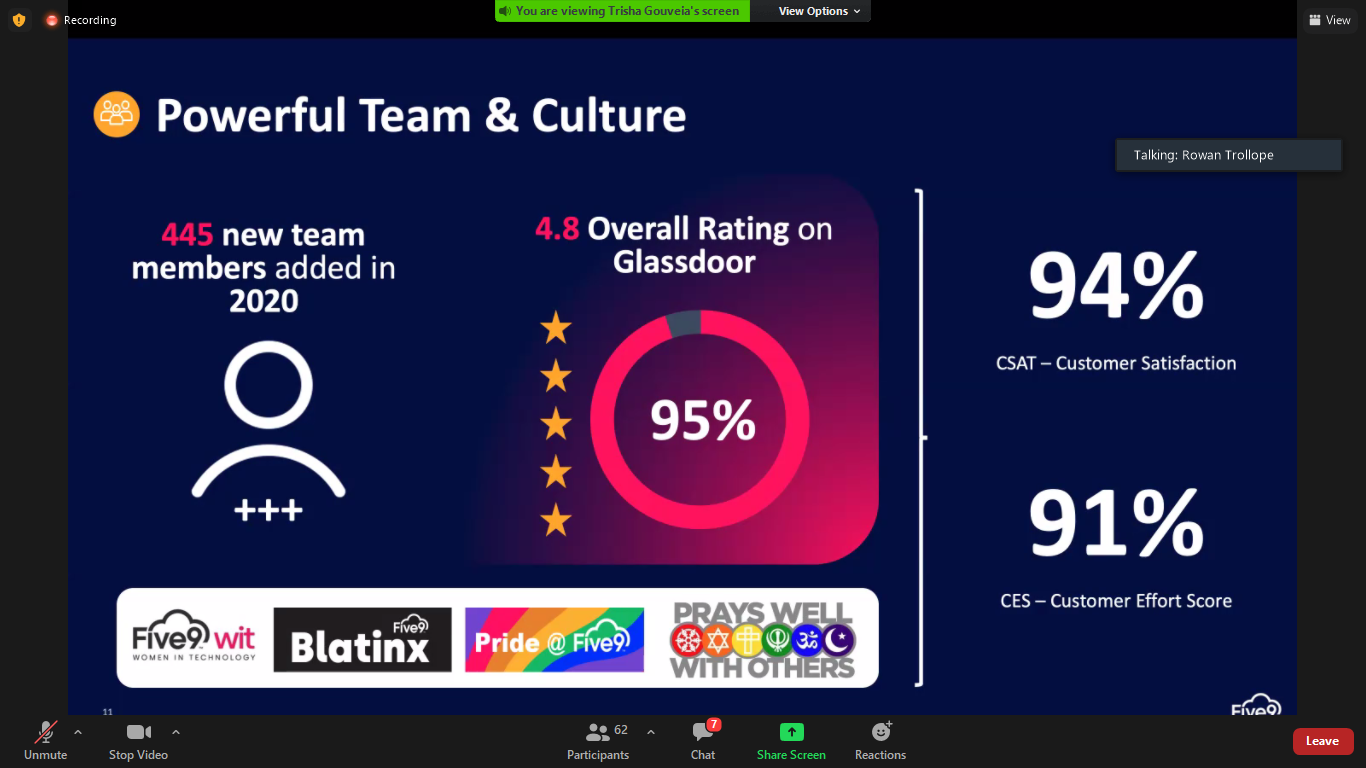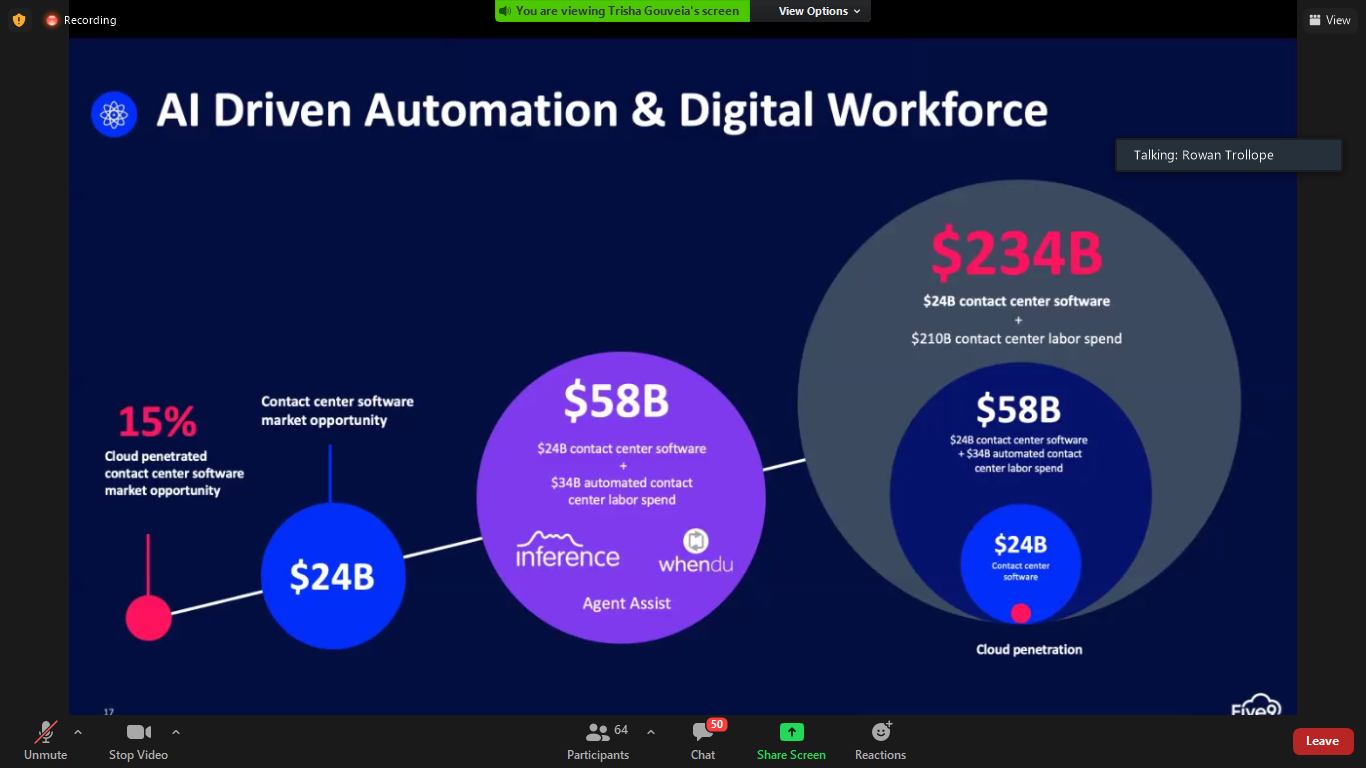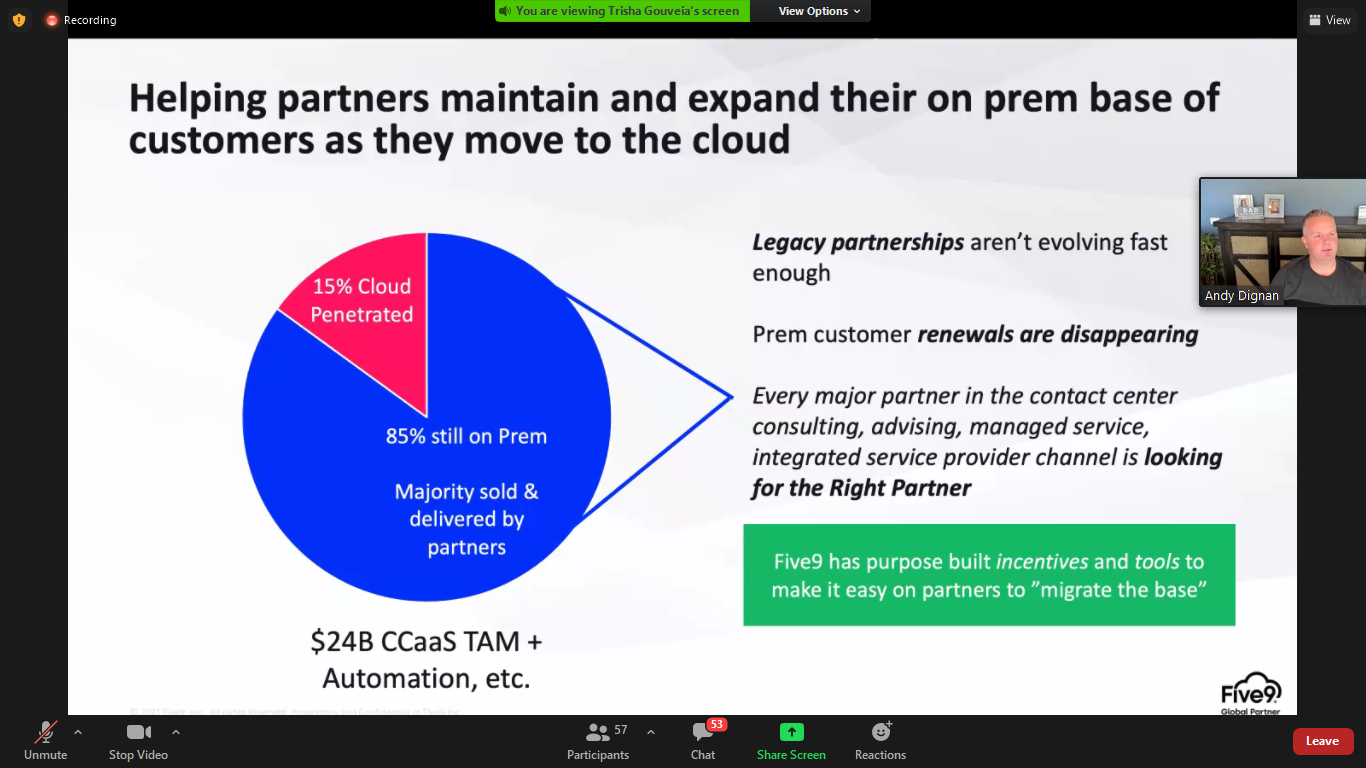NiCE Analyst Summit - My Photo Review
/Every analyst event that NiCE puts on is magical, and last week’s summit in Vienna was no exception. They have kept the bar very high, and there was so much to talk about as well as see. This post is about the latter, with my photos both from the event itself, and all the cool stuff we did around it.
I have other takeaways coming both on video and article form, and during the event, I regularly posted commentary and photos on LinkedIn. NiCE had its largest-ever cohort of analysts there - so for everyone else, here’s a taste of what last week was like - first for the event, and then all the other stuff. Here goes…
Below - CEO Scott Russell solo, and with Jeff Comstock - key pieces for the new team.
NiCE Cognigy CEO Phil Heltewig, then as part of the Exec Q&A session.
Tim Harris talking about workflow automation, then Benno Schindler of Allianz with the most memorable visual from the event, talking about the success they’ve been having with Cognigy.
GM Q&A session, and Carmit DiAndrea demonstrating Automated Insights - next-level AI for the contact center.
Their Analyst Relations A-Team, Schevone Johnson, Chris Irwin-Dudek, and Bernard Hartley. And, the last word goes to LVB, a very apropos quote for the passion NiCE brings for making CX better.
Now for the fun stuff. Arriving to the ballroom banquet in style - is there really any other way with NiCE?
On to more ordinary things, but still pretty special. Opening night including a gallery showing - of artwork NiCE commissioned with local artists to create for each of us individually. Wow, huh? So, all of their work was on display, and it was quite the experience to see all of their creations, with the artists on hand. Am pictured here with the artist who created something about me. Apologies - I did not get her name, and it’s definitely on the abstract side. You’ll never figure it out, but I’ll be happy to tell you the story any time. Just one of many creative touches from the NiCE events team to capture the spirit of where we are, surrounded by art, music and culture.
And, the best time to tell stories is at the bar - here’s our local hangout at the hotel. I kinda liked the Borat-style claim of it being the best hotel bar in Austria, and yes, it was… very nice. Did you see what I just did there? AI would never come up with something so clever. If you don’t get it, we need to talk.
I love to cook, and the food sure was great. Below - teppanyaki-style Japanese dinner at the hotel - a bit bland, actually, but very dramatic. Next - group outing to a local winery - in the city, btw - and a hearty Austrian-style meal. Best for last - we had a group cooking class, and I was on the schnitzel team. We did everything end-to-end, so I have a new dish to add to my cooking repertoire.
Quick coda to wrap this up - from low-brow to high-brow, we saw it all on this trip. Traditional trio playing at the winery visit - including the corny-but-fun chicken dance, and walking by the famous Vienna opera house.


















































